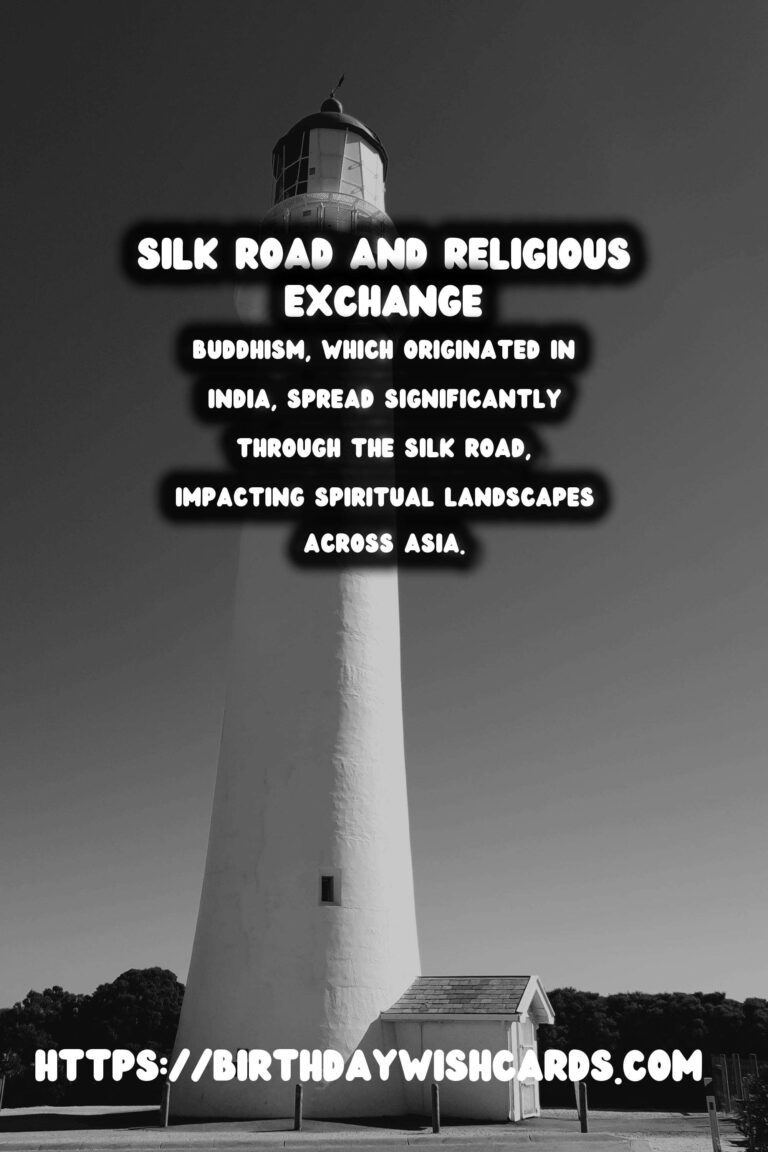
The Silk Road, a vast network of trade routes connecting the East and West, was not only instrumental for the exchange of goods but also for the spread and transformation of world religions. This article delves into the profound impact the Silk Road had on religious landscapes, influencing spiritual beliefs from Europe to Asia.
The Birth of the Silk Road
The Silk Road originated around the 2nd century BCE and flourished for several centuries thereafter. This ancient trading route bridged distant lands, facilitating not just the exchange of silk, spices, and other commodities but also ideas and religious thoughts. Throughout history, this multicultural exchange played a pivotal role in shaping the fantastic diversity of religious practices we observe today.
Eastern Influences Spread Westward
Buddhism, which originated in India, found a favorable pathway along the Silk Road, significantly impacting the areas it traversed. As traders and missionaries introduced Buddhism to the Central Asian cities, it sparked a wave of cultural and religious transformations. Temples and stupas sprang up along the route, embodying architectural diversity and spiritual enrichment across vast lands.
Western Beliefs Journey East
The Silk Road also witnessed the eastward movement of Western religious beliefs. Christianity, for instance, found its way into Asia through merchants and missionaries seeking to spread their faith beyond traditional borders. Similarly, Zoroastrianism, a prominent faith in ancient Persia, influenced religious thought across Central Asia due to its thriving trade links on the Silk Road.
Islamic Influences on the Silk Road
The spread of Islam across the Silk Road routes during the 7th and 8th centuries is yet another noteworthy chapter. Muslim merchants and travelers played a crucial role in disseminating Islamic teachings, which resonated with various communities in the region. This was a period of significant cultural amalgamation, where Islamic beliefs were interwoven with local customs and traditions.
Religious Syncretism and Cultural Exchange
The Silk Road served as a crucible for religious syncretism, where diverse beliefs blended and evolved into new forms. This cultural exchange paved the way for the development of new sects and variants of existing religions, fostering a unique blend of spiritual practices that persist in modern times. Such syncretism is apparent in the fusion of Buddhist, Christian, and local traditions visible in art, literature, and daily life.
The Decline of the Silk Road
The decline of the Silk Road in the late medieval period marked the end of an extraordinary era of cultural and religious exchange. However, its impact endures, visible in the religious demographics and cultural landscapes of many countries today. The Silk Road left a lasting legacy, illustrating the timeless power of connectivity in shaping human civilization.
Conclusion
The Silk Road’s historical impact on religion is a testament to the profound influence of cultural exchange on spiritual beliefs and practices. It highlights how interconnectedness can lead to rich cultural tapestries, fostering mutual understanding and respect among diverse communities. Understanding this historical context enriches our appreciation of the intricate web of human history, woven together by the ancient routes of the Silk Road.
The Silk Road was a vast network of trade routes connecting the East and West, instrumental for the exchange of goods and religious ideas. Buddhism, which originated in India, spread significantly through the Silk Road, impacting spiritual landscapes across Asia. 
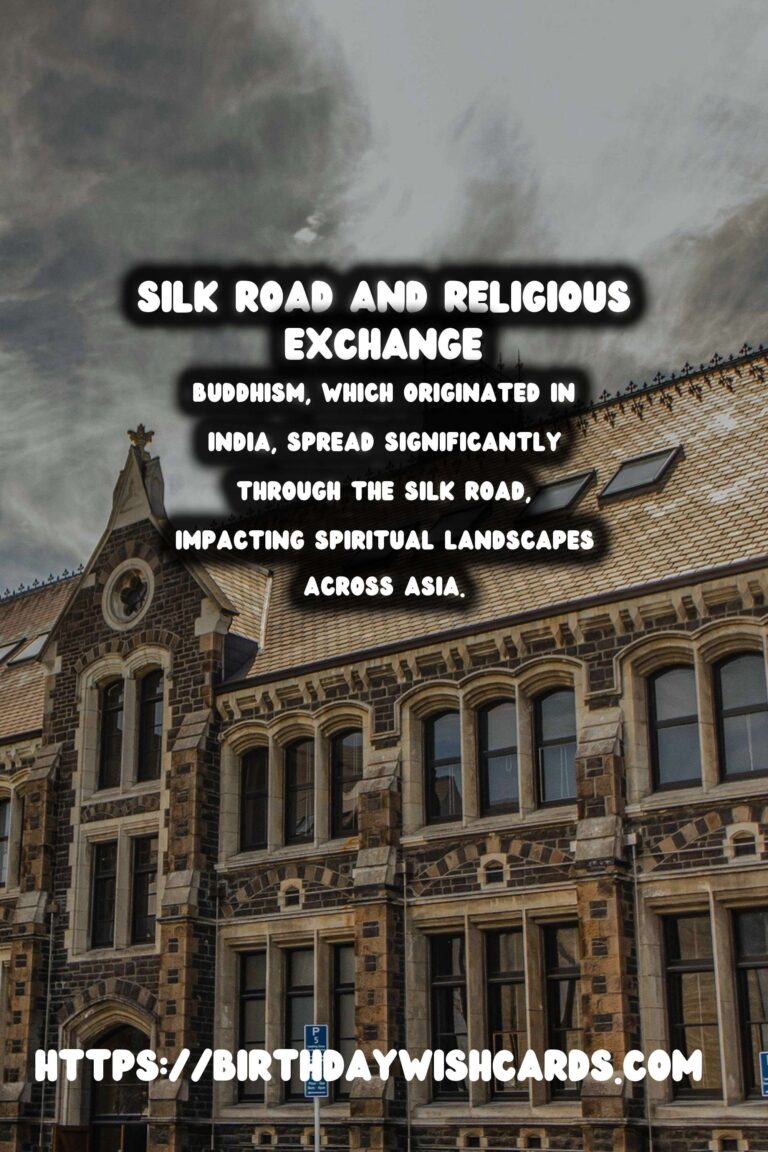
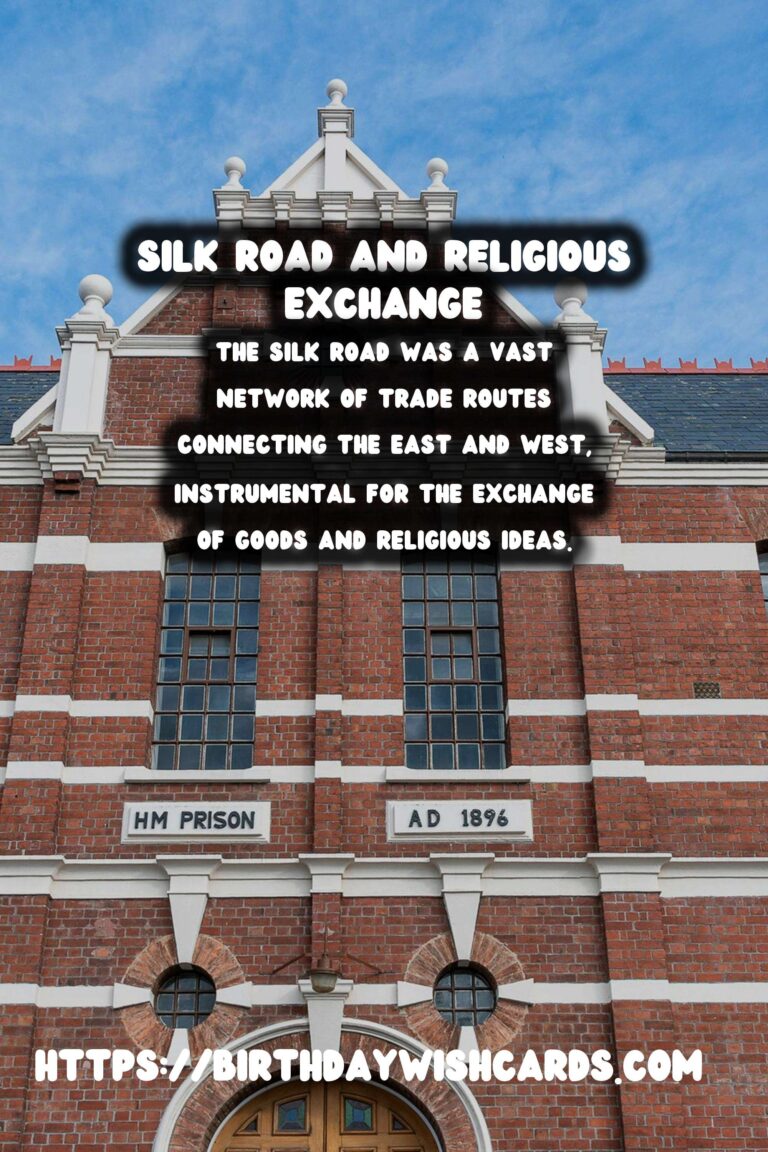
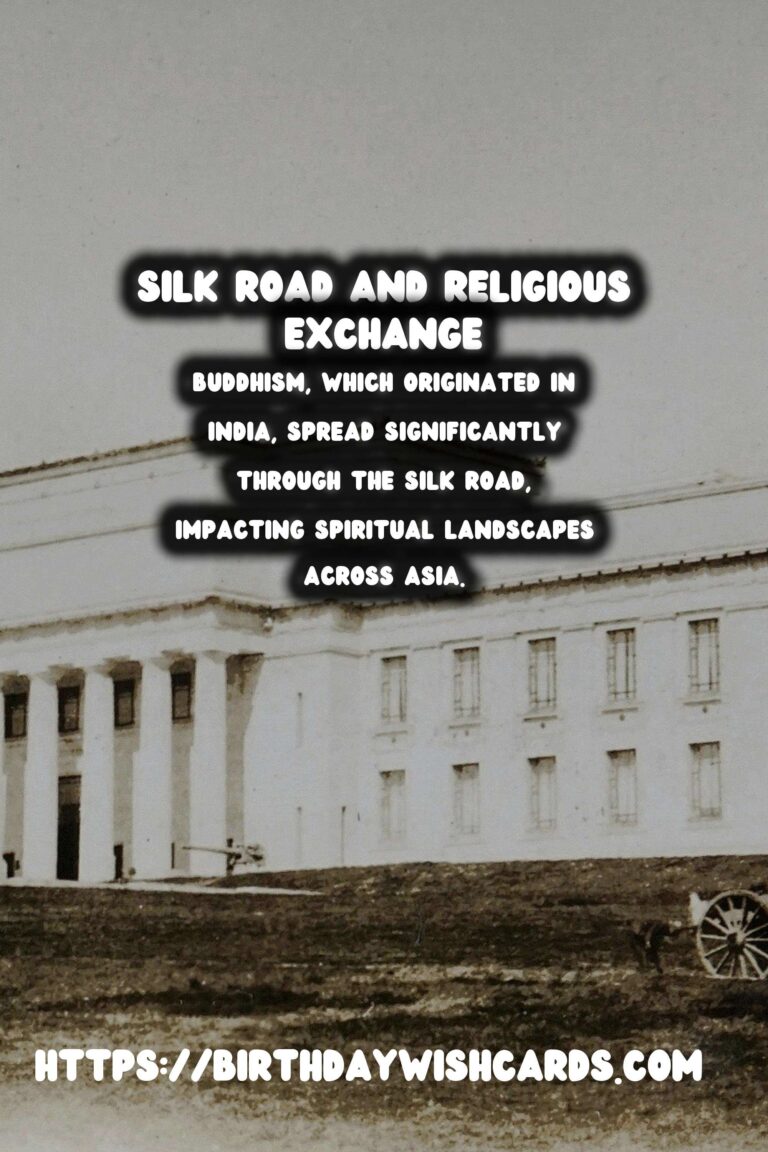
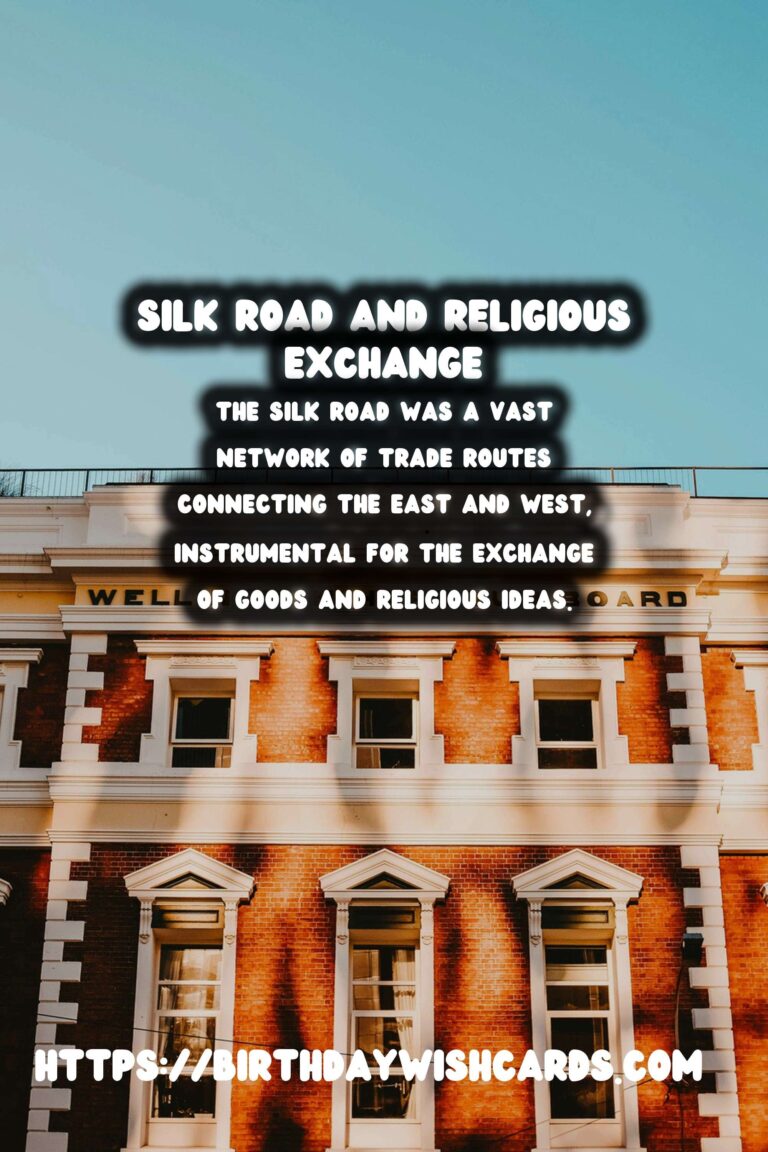
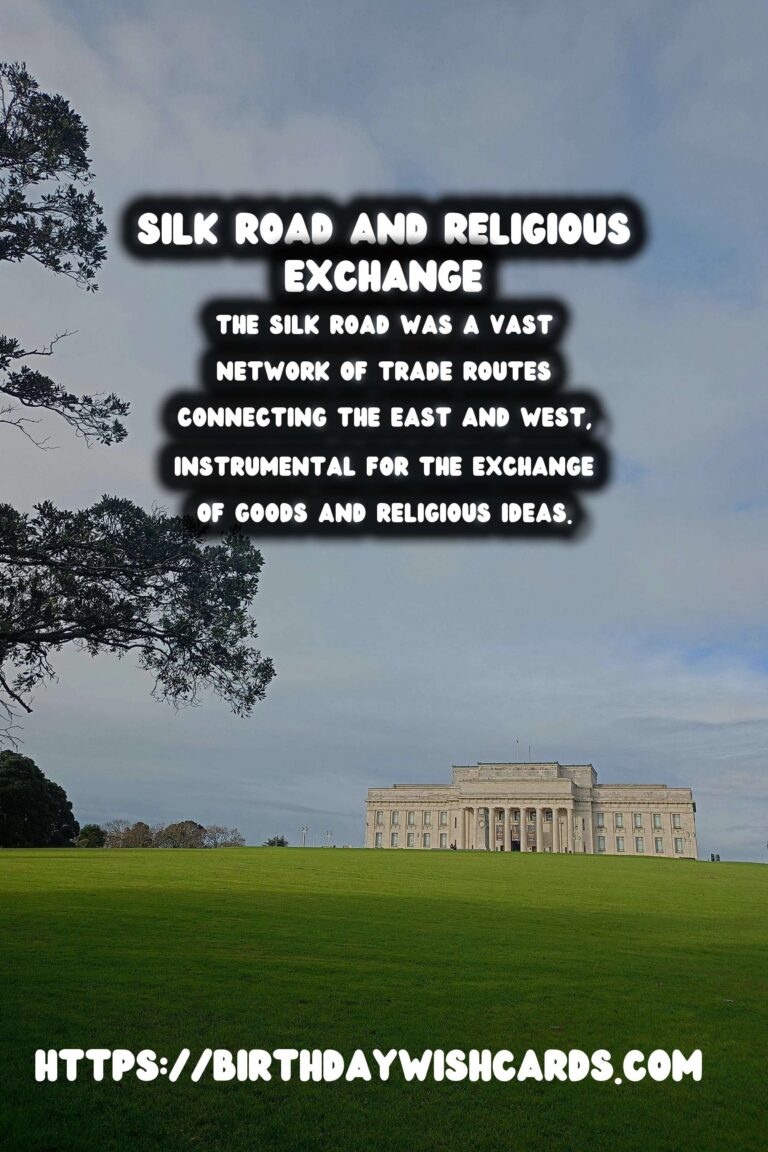
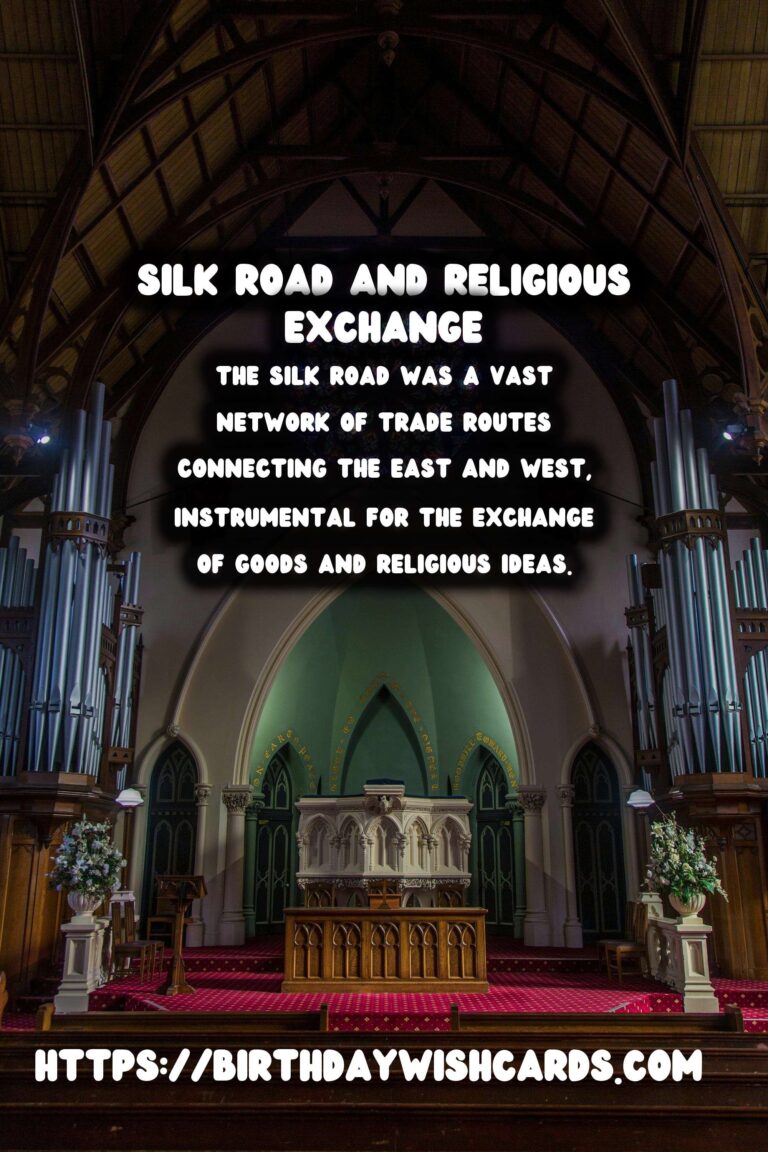
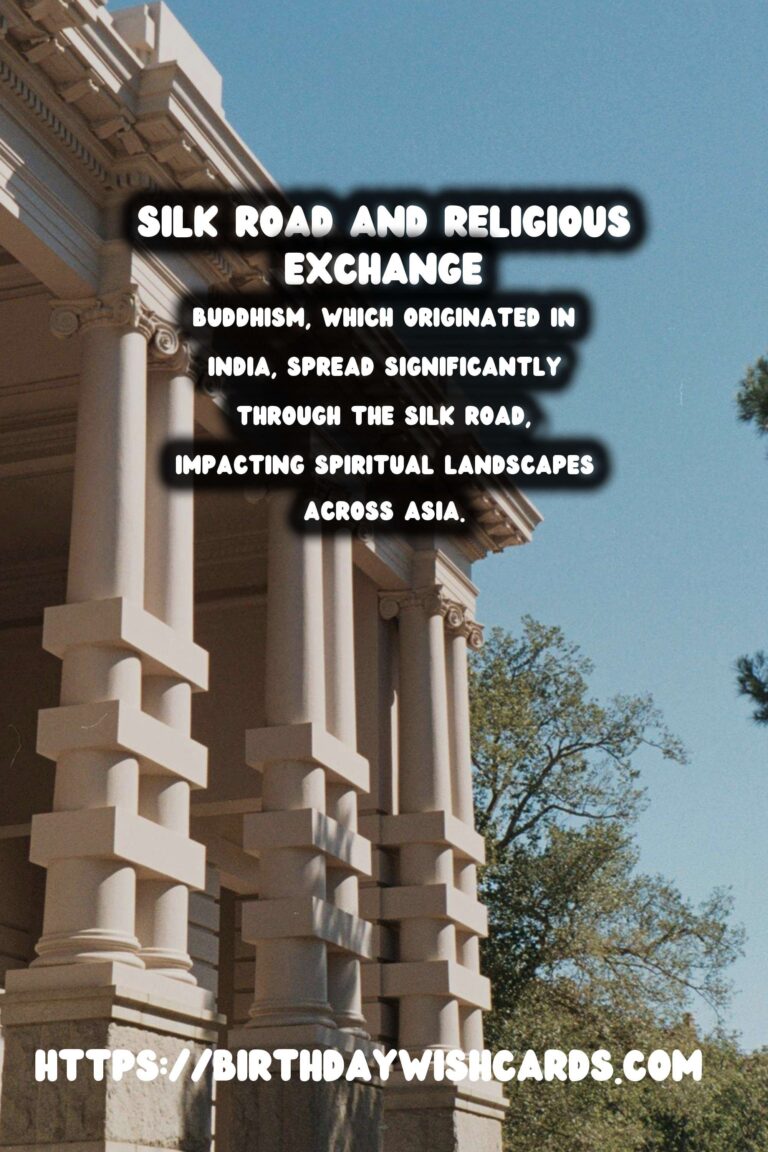
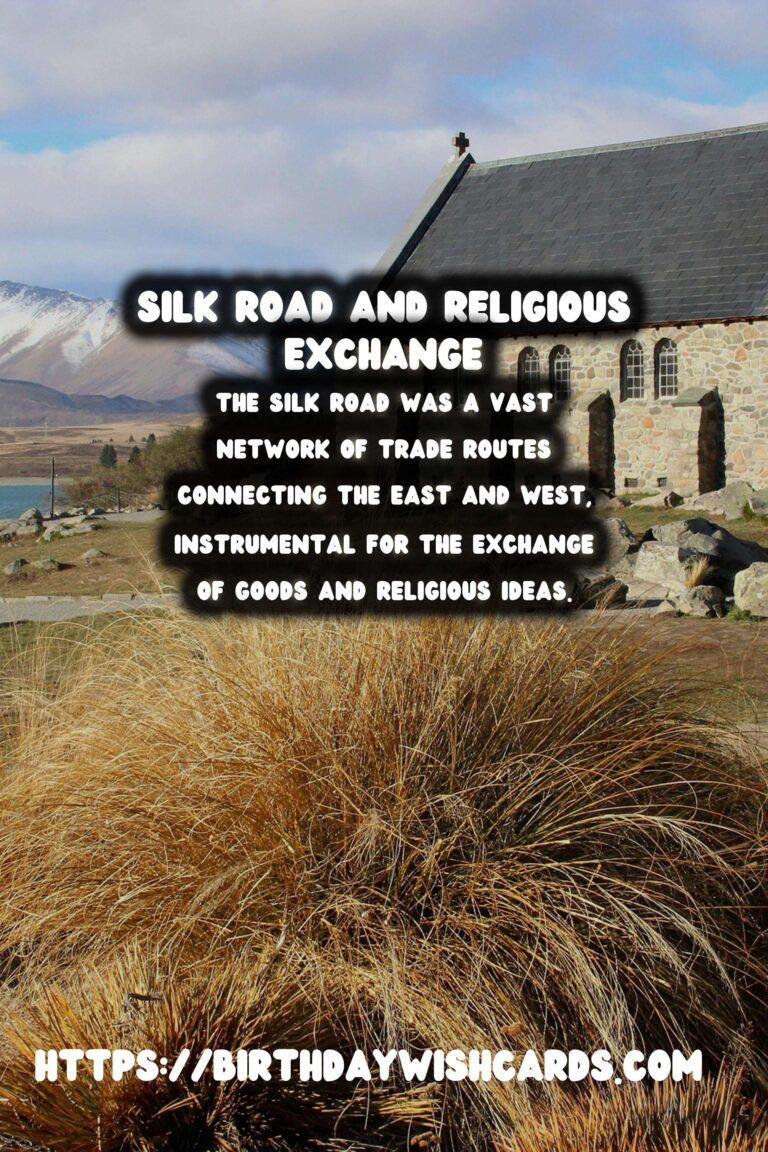
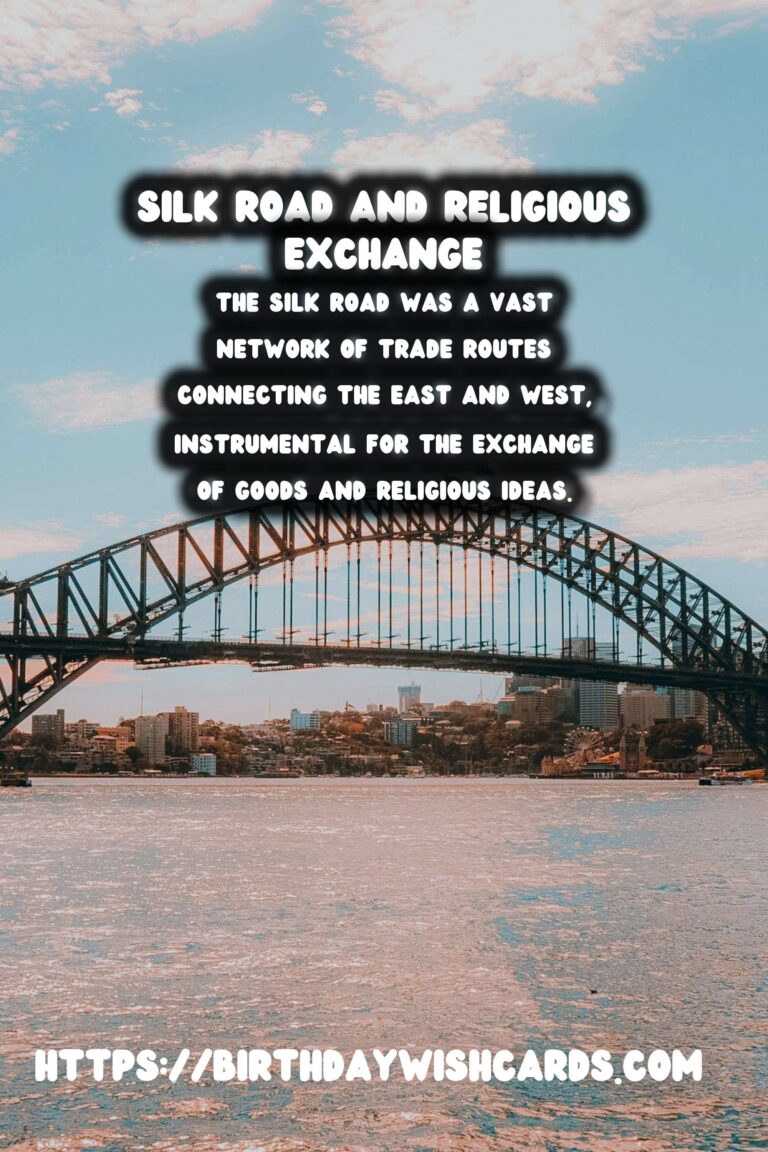
#SilkRoad #ReligiousExchange




